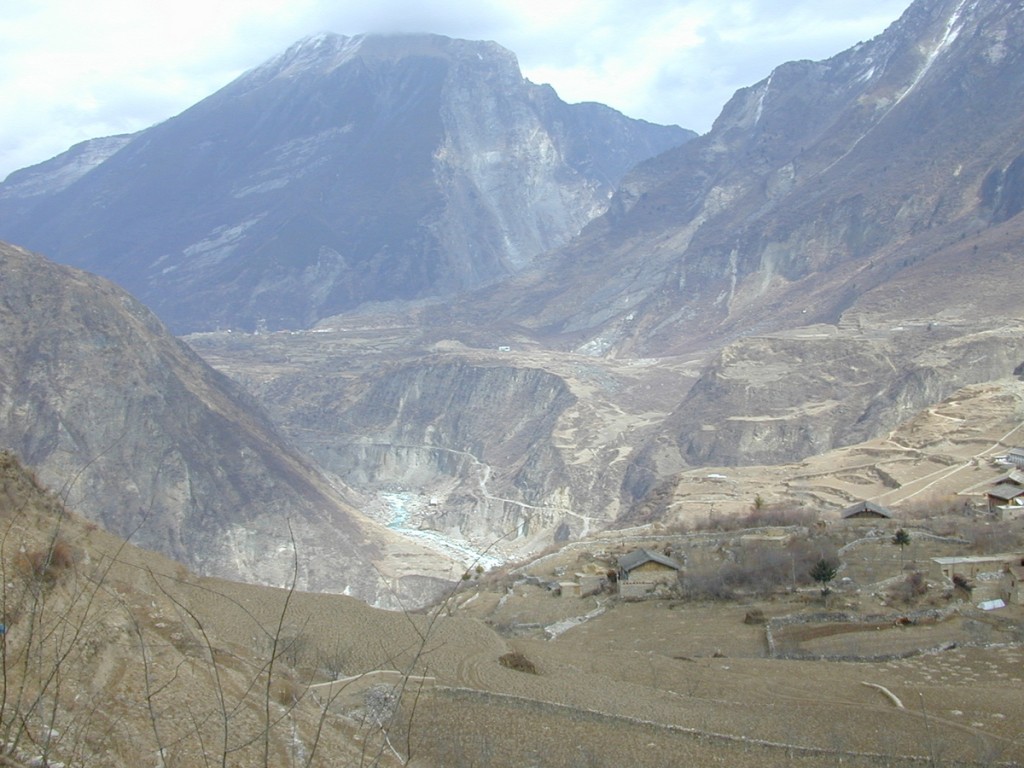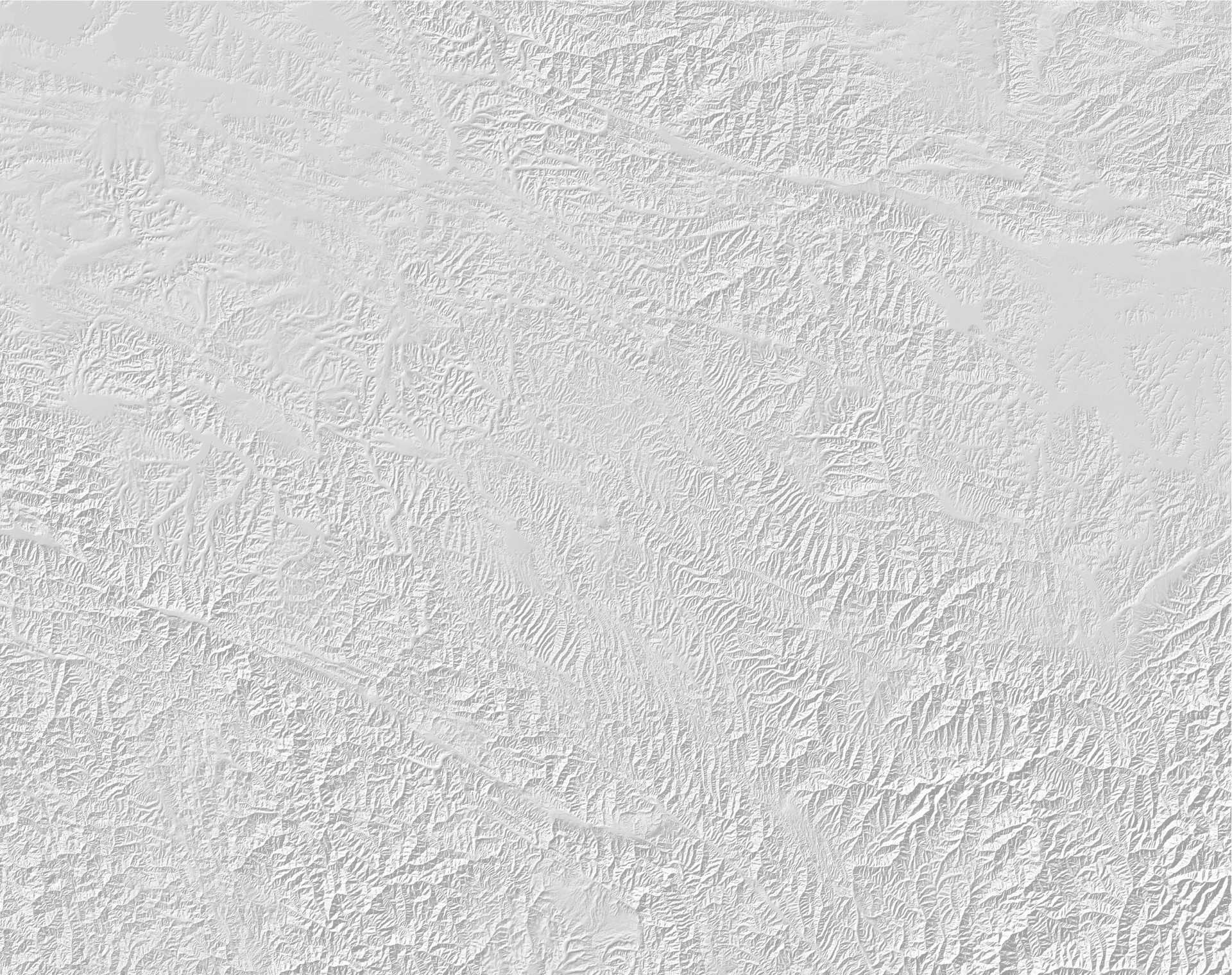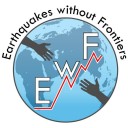Earthquake-triggered landslides: what do we need to know?
 One of the topics that has emerged as a major concern across the Earthquakes without Frontiers partnership during the first two years of the project is the problem of earthquake-triggered landslides. While it is well known that large earthquakes can trigger many thousands of landslides, and that those landslides form a major secondary hazard, many of our partners feel that they lack the tools necessary to adequately assess the likely extent of landsliding or prepare for the consequences. Investigation of this issue is the goal of one of the EwF project researchers, Dr David Milledge (Durham University).
One of the topics that has emerged as a major concern across the Earthquakes without Frontiers partnership during the first two years of the project is the problem of earthquake-triggered landslides. While it is well known that large earthquakes can trigger many thousands of landslides, and that those landslides form a major secondary hazard, many of our partners feel that they lack the tools necessary to adequately assess the likely extent of landsliding or prepare for the consequences. Investigation of this issue is the goal of one of the EwF project researchers, Dr David Milledge (Durham University).
To summarise the current state of our understanding of earthquake-triggered landslides, and to identify promising avenues for future research, more than 40 people gathered recently for a workshop at the College of St Hild and St Bede at Durham University. The workshop was supported by the Institute of Hazard, Risk and Resilience and the Department of Geography at Durham, and involved a series of speakers from the US and Europe. The presentations covered a number of different aspects of earthquake-triggered landslides, including the distributions of landslide areas and volumes (and how those can best be measured using available data), the controls on landslide location, and the long-term implications of landsliding for mountain range growth and development. Following this, there were about 10 shorter presentations from staff and researchers from Durham and elsewhere. These covered a wide range of topics, from the impacts of earthquakes on river sediment discharge and carbon cycling, to laboratory investigations of hillslope stability during earthquake shaking.
The next day, a smaller group met to discuss the state of the field and to identify outstanding research questions, resulting in a list of promising research themes. The group also discussed the need for a short commentary on the costs of earthquake-triggered landslides, as well as possibilities for a wider research network around the topic. Some of the key questions that are relevant to the EwF project are listed below; while we currently lack general answers to these questions, they provide a blueprint by which we can increase our understanding, and thus our resilience, to these secondary hazards.
- How can we anticipate the pattern, volumes, and effects of landslides in future earthquakes?
- How is seismically-produced landslide debris distributed across the landscape, and how is it transferred into the river system?
- What sets the size and frequency of landslides in a given earthquake? What sets the ‘largest likely landslide’ at any given point in a landscape?
- What are the socio-economic costs of earthquake-triggered landslides?
- Are there ‘likely’ sites that we can characterize and monitor now, in advance of future earthquakes? What is the minimum amount of information that is necessary? What can be collected now, and what needs to be collected after the next large earthquake?





